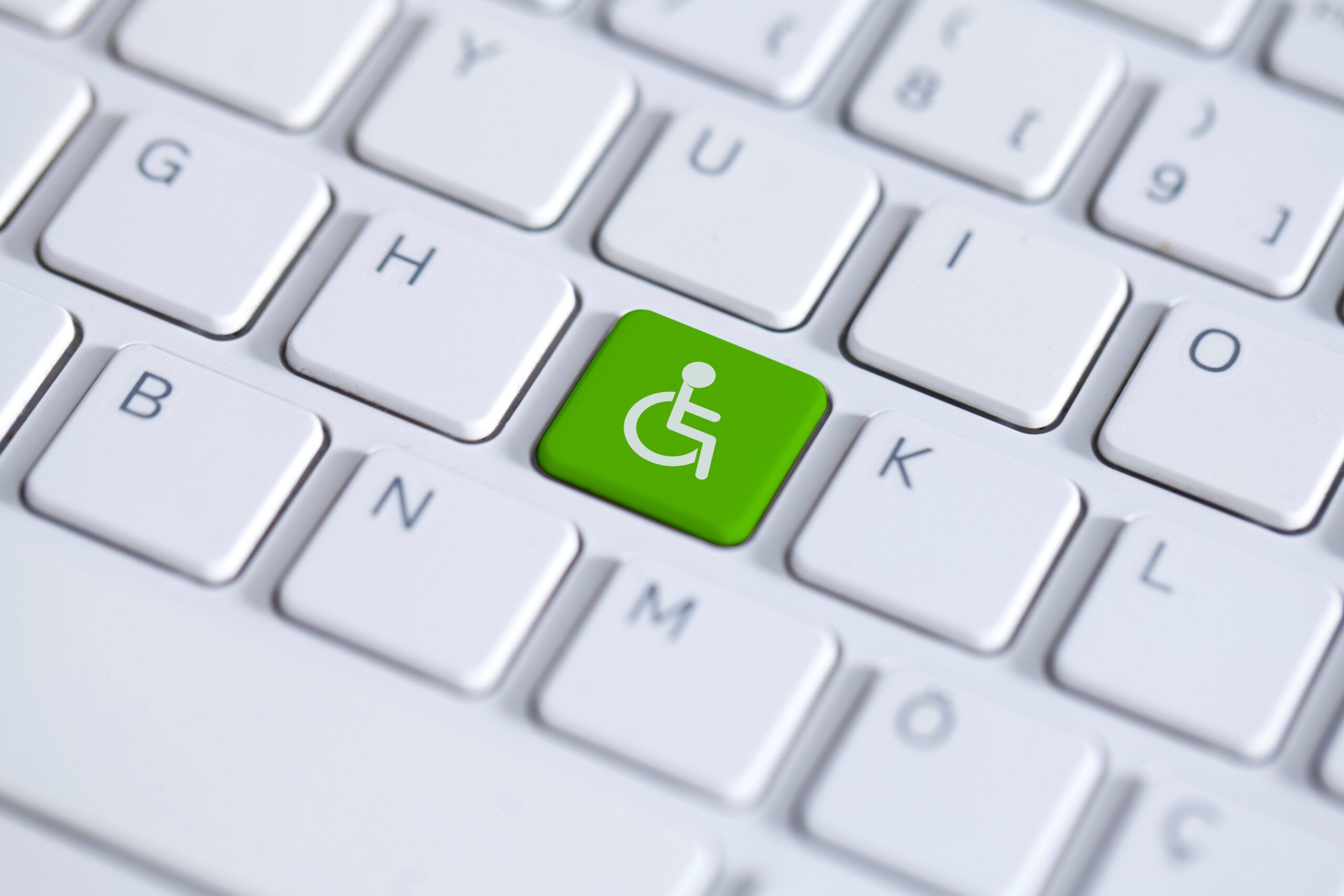*This article is an English translation of a Japanese article.
The internet is a primary tool for information gathering and communication in modern society, but it is not always easy for people with physical disabilities to navigate. This article explores how individuals with physical disabilities use the web, the assistive technologies that help them, and tips for web developers and content creators to provide accessible websites.
1. Challenges Faced by People with Physical Disabilities When Using the Web
People with physical disabilities often face the following challenges when using the web:
-
Visual Impairments: Blind or visually impaired individuals may find it difficult to visually browse web content. They rely on assistive technologies such as screen readers or braille displays to access information.
-
Hearing Impairments: People with hearing impairments may struggle to understand audio content, requiring subtitles or transcriptions to access the information.
-
Mobility Impairments: Those with limited motor skills may find it challenging to use a mouse or keyboard. Alternative input devices like voice recognition, switch devices, or joysticks may be necessary.
-
Cognitive Disabilities: People with cognitive disabilities may find complex navigation, information overload, or unclear interfaces difficult to manage.
2. Types of Assistive Technologies and How They Are Used
There are various assistive technologies that help people with physical disabilities navigate the web:
-
Screen Readers: Screen readers are software programs that read text on a screen aloud for visually impaired users. Common tools include JAWS, NVDA, and VoiceOver, allowing users to hear the content of web pages.
-
Braille Displays: Braille displays convert on-screen text into braille, enabling visually impaired individuals to read through touch.
-
Voice Input: Individuals with mobility impairments can use voice input systems to navigate and control their devices without a keyboard or mouse. Google Voice Input and Dragon NaturallySpeaking are popular examples.
-
Switch Devices: For people with limited mobility, switch devices and joysticks can substitute for keyboard or mouse operations, making navigation easier.
-
Subtitles and Transcripts: For individuals with hearing impairments, providing subtitles or transcripts for audio content is essential, ensuring that spoken information is conveyed visually.
3. Principles of Accessible Web Design
To make the web more accessible for individuals with physical disabilities, the following design principles should be considered:
-
Keyboard Navigation Support: All website functions should be accessible via keyboard controls. Users should be able to navigate the site using the tab key or shortcut keys without relying on a mouse.
-
Providing Alt Text: Every image should include alternative text (alt attribute) that describes the content for visually impaired users. Decorative images should use empty alt attributes (
alt="") to avoid unnecessary descriptions for screen reader users. -
Simple and Intuitive Design: To accommodate users with cognitive disabilities, navigation should be simple and consistent, with logically placed content. Key information should be prominent, and avoid complex menus or rapidly changing content.
-
Supplemental Information for Audio and Video: Always provide subtitles or transcripts for audio and video content to ensure accessibility for people with hearing impairments. Additionally, include audio descriptions for videos to help visually impaired users understand the visual content.
-
Adjustable Contrast and Font Size: Ensure high contrast between text and background for better readability. Allow users to adjust font size to improve accessibility for those with visual impairments.
4. Advice for Web Content Creators
To create accessible web content for individuals with physical disabilities, consider the following:
-
Conduct Accessibility Testing: Before launching a site, conduct accessibility testing and gather feedback from actual users. In addition to using automated tools, it’s beneficial to involve users who rely on assistive technologies in testing.
-
Follow Accessibility Guidelines: The Web Content Accessibility Guidelines (WCAG) are the global standard for web accessibility. Adhering to these guidelines ensures that your website can accommodate a wide range of users with disabilities.
-
Continuous Improvement and Updates: Accessibility is not a one-time effort; continuous improvement is necessary. Regularly update your website based on user feedback and ensure that it complies with the latest technologies and guidelines.
5. Conclusion
Understanding the assistive technologies used by individuals with physical disabilities and the principles of accessible web design is crucial for web content creators. An accessible website is a step toward creating a society where everyone can access and benefit from online information. As technology advances, the possibilities for web access by people with disabilities continue to expand, but the key is to always design from the user’s perspective, ensuring that everyone can easily access your content.
We have released the UUU Web Accessibility Widget Tool, designed to make web accessibility easy to implement. This tool helps improve the accessibility of websites quickly and efficiently, even without specialized knowledge.
If you’re interested in enhancing your website’s accessibility, please check out the details. We are here to support you in making your website more user-friendly and accessible to a wider audience.
